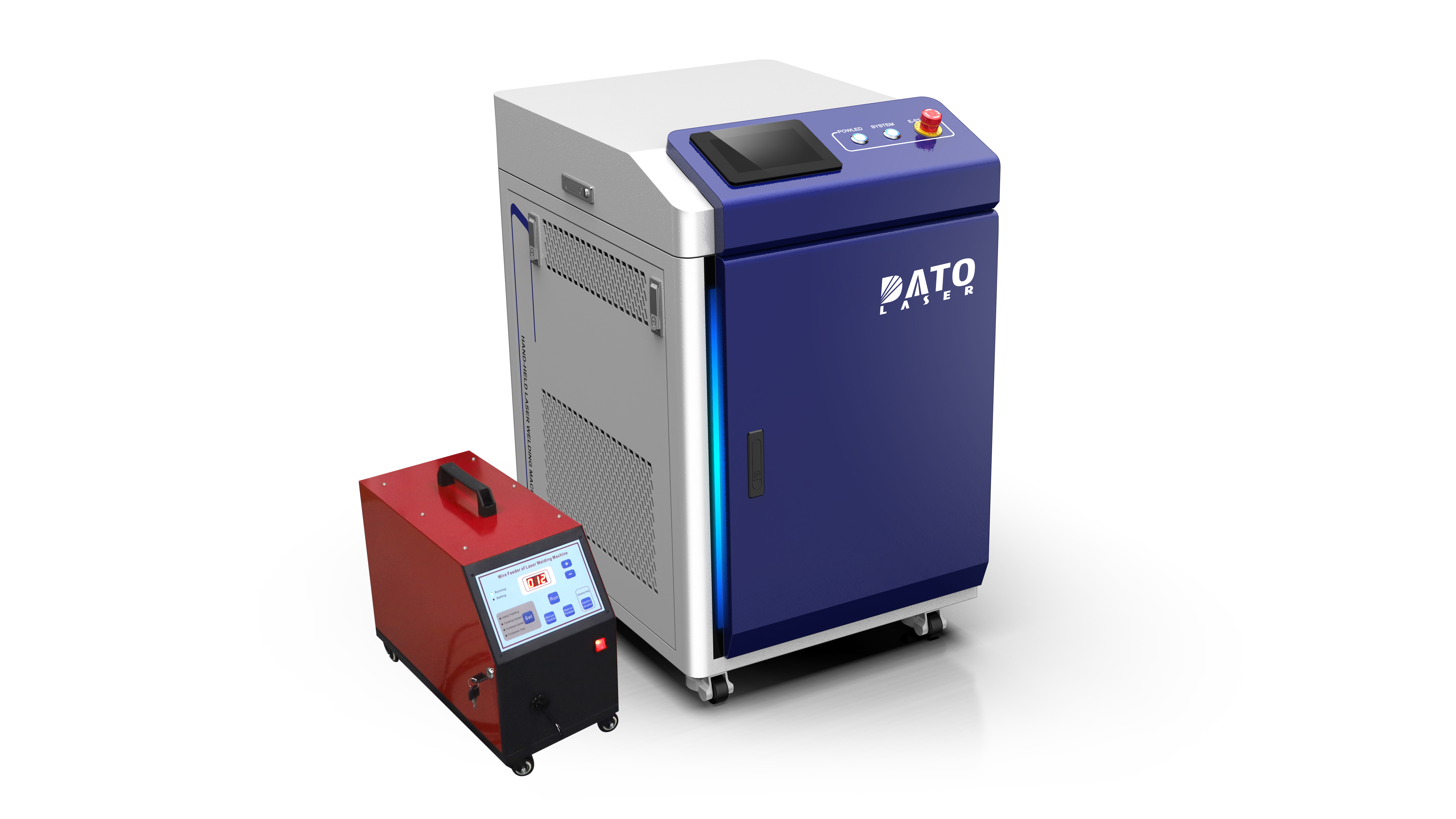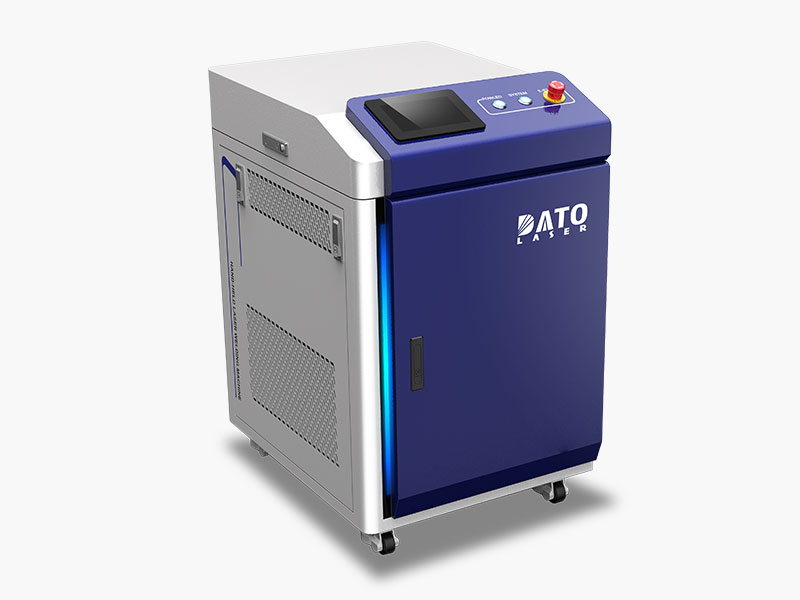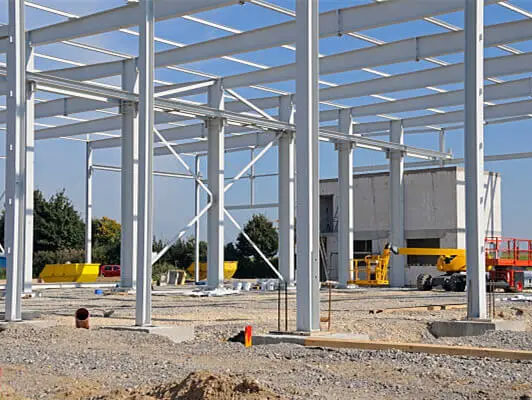What Is a Laser Cleaning Machine and How Does It Work?

Laser cleaning machines are revolutionizing industrial surface cleaning by offering a faster, safer, and more eco-friendly alternative to traditional methods. Whether removing rust, paint, oil, oxide, or other surface contaminants, laser cleaning has become a cutting-edge solution in manufacturing, automotive, aerospace, and other heavy-duty industries.
At DATO and Leapion, we specialize in advanced laser technology, including fiber laser cutting machines, laser welding machines, sheet and tube laser cutting systems, and laser rust removers. As pioneers in the laser industry since 2007, our mission is to deliver smart, innovative laser solutions for modern manufacturing. In this article, we will explore what a laser cleaning machine is, how it works, and why more industries are switching to this powerful, non-contact cleaning technology.
Understanding Laser Cleaning Machines
Laser cleaning machines, also known as laser rust removal machines or laser surface cleaning systems, use high-intensity laser beams to clean contaminants, coatings, or corrosion from the surface of a material. These machines are part of a broader category of laser surface treatment technologies, but they are specifically engineered for industrial cleaning applications.
Unlike traditional cleaning methods that involve chemicals, abrasives, or manual labor, laser cleaning is precise, energy-efficient, and does not damage the underlying substrate. This makes it particularly valuable for industries that require high standards of cleanliness and preservation of base materials.
How Does a Laser Cleaning Machine Work?
The working principle behind a laser cleaning machine is based on laser ablation. When a laser beam is directed at a material surface, it delivers an intense pulse of energy that heats and vaporizes the unwanted contaminants without harming the underlying material.
Laser Ablation Process Explained
During the cleaning process, the laser interacts with the dirt, rust, oil, or paint layer. These layers usually absorb the laser energy more efficiently than the base material. The energy causes rapid heating, which breaks the molecular bonds in the contaminant layer. As a result, the unwanted material is turned into gas or fine particles and removed from the surface.
Depending on the power, wavelength, and pulse duration of the laser, different types of contaminants can be effectively removed from metal, stone, plastic, or composite surfaces. Laser cleaning machines can be customized to handle varying degrees of corrosion, oxidation, or coating thicknesses.
Types of Laser Cleaning Machines
At DATO and Leapion, we manufacture a variety of laser cleaning machines suited for different industrial applications. The main types include:
Continuous Wave Laser Cleaning Machines
These systems emit a continuous laser beam and are best for removing thick or uniform coatings. They are ideal for applications that require high-speed, high-volume cleaning, such as pipeline de-coating or heavy rust removal in marine or railway sectors.
Pulsed Laser Cleaning Machines
Pulsed laser machines emit short bursts of energy, allowing for precise control over the cleaning process. This method is especially suitable for delicate surfaces, such as molds, electronics, cultural artifacts, or sensitive metal parts, where minimal substrate damage is critical.
Applications of Laser Cleaning Machines in Industrial Settings
Laser cleaning technology has a wide range of industrial applications. It is widely used in the automotive industry for paint removal and surface preparation, in the aerospace industry for oxide removal, and in electronics for precise cleaning of connectors and circuit boards.
In manufacturing plants, laser cleaning is used to prepare surfaces before welding or coating, remove welding slag, and eliminate grease or oil from mechanical parts. Its ability to clean without chemicals or abrasives also makes it ideal for food processing and pharmaceutical equipment.
Rust and Oxide Removal
One of the most common uses of laser cleaning machines is for rust and oxide removal. Fiber laser rust removers are especially efficient for treating steel, aluminum, copper, and other metals, offering a clean, ready-to-process surface without abrasion.
Paint and Coating Stripping
Laser cleaning machines can strip paint or coatings from surfaces without damaging the base material. This is crucial in industries like aerospace and defense, where precision is non-negotiable and rework needs to be minimized.
Oil, Grease, and Adhesive Removal
In production environments where parts are exposed to oils or adhesives, laser cleaning ensures a clean, contaminant-free surface before assembly or bonding, reducing failure rates and improving product quality.
Key Advantages of Laser Cleaning Machines
Laser cleaning machines offer a wide range of benefits, making them a compelling investment for industrial users. At DATO and Leapion, we design laser cleaning solutions that help businesses improve efficiency, reduce waste, and enhance product quality.
Environmentally Friendly Cleaning
Laser cleaning does not involve any chemicals, abrasives, or solvents. This means there are no hazardous residues or secondary waste to dispose of. It reduces the carbon footprint and helps companies comply with environmental regulations.
Non-Contact and Damage-Free
Since the laser beam never physically touches the surface, there is no risk of mechanical abrasion or substrate damage. This is particularly valuable for preserving high-precision components or sensitive materials.
Low Maintenance and Operating Costs
Compared to traditional cleaning systems, laser cleaning machines have fewer consumables and lower maintenance needs. The solid-state laser source used in fiber laser systems is durable, reliable, and energy-efficient.
High Speed and Automation Integration
Laser cleaning systems can be integrated into automated production lines with robotic arms or CNC systems. This allows for fast, repeatable, and consistent cleaning, especially in high-volume manufacturing environments.
Fiber Laser Cleaning vs. Traditional Cleaning Methods
Laser cleaning technology offers significant advantages over traditional methods like sandblasting, chemical cleaning, or manual grinding.
Compared to Sandblasting
Sandblasting is abrasive and can damage the substrate. It also generates large amounts of dust and requires extensive cleanup. In contrast, fiber laser cleaning is clean, precise, and environmentally friendly.
Compared to Chemical Cleaning
Chemical cleaning involves harmful solvents that pose health and environmental risks. Laser cleaning avoids these problems by using only light energy, eliminating chemical exposure and disposal concerns.
Compared to Manual Grinding
Manual grinding is time-consuming, labor-intensive, and often inconsistent. Laser cleaning systems provide fast, uniform results with minimal operator involvement.
How DATO and Leapion Deliver Premium Laser Cleaning Machines
At DATO and Leapion, we are committed to developing high-performance laser solutions that meet the evolving needs of global industries. Our fiber laser cleaning machines are designed with cutting-edge technology and strict quality standards, including ISO 9001, EU CE, and US FDA certifications.
Our research team of over 120 engineers ensures that every machine is developed with precision, performance, and durability in mind. We serve customers across automotive, aerospace, manufacturing, energy, and infrastructure industries with tailored laser cleaning solutions that match their application requirements.
From portable handheld laser rust removers to integrated robotic laser cleaning systems, our portfolio covers both small-scale and large-scale industrial needs.
Choosing the Right Laser Cleaning Machine for Your Business
When selecting a laser cleaning system, it is important to consider the type of material, the kind of contamination, the size of the area, and the production environment. At DATO and Leapion, our team provides expert consultation to help clients choose the most efficient, cost-effective, and application-ready solution.
Whether you need a high-powered laser cleaning system for ship maintenance or a compact handheld laser cleaner for fine mold cleaning, we offer customized options supported by global after-sales service and technical training.

Conclusion: The Future of Surface Cleaning Is Laser-Powered
Laser cleaning machines represent a major leap forward in industrial cleaning technology. With their ability to deliver fast, precise, and eco-friendly surface cleaning, they are becoming the preferred choice in a wide range of industries.
At DATO and Leapion, we are proud to be leaders in the development of fiber laser cleaning systems that align with the highest standards of innovation and performance. Our solutions are built to help businesses enhance productivity, reduce environmental impact, and maintain superior quality in every project.
If you are looking to upgrade your surface cleaning process with reliable, high-performance laser technology, our experts at DATO and Leapion are ready to help you take the next step. Contact us now~
Related Blogs
-
 Exploring the Safety, Precision, and Industrial Benefits of Laser Surface CleaningIn today’s fast-paced industrial world, where quality, efficiency, and sustainability are top priorities, manufacturers are constantly seeking better ways to clean metal surfaces without compromising material integrityBlog
Exploring the Safety, Precision, and Industrial Benefits of Laser Surface CleaningIn today’s fast-paced industrial world, where quality, efficiency, and sustainability are top priorities, manufacturers are constantly seeking better ways to clean metal surfaces without compromising material integrityBlog -
 A Complete Guide by DATO and LeapionIn modern industry, surface preparation and maintenance play a crucial role in achieving high-quality manufacturing results. Laser cleaning machines have emerged as one of the most innovative, efficient, and environmentally friendly tools for removing contaminantsBlog
A Complete Guide by DATO and LeapionIn modern industry, surface preparation and maintenance play a crucial role in achieving high-quality manufacturing results. Laser cleaning machines have emerged as one of the most innovative, efficient, and environmentally friendly tools for removing contaminantsBlog -
 Laser cleaning machines are revolutionizing industrial surface cleaning by offering a faster, safer, and more eco-friendly alternative to traditional methods. Whether removing rust, paint, oil, oxide, or other surface contaminants, laser cleaning has become a cutting-edge solution in manufacturing,Blog
Laser cleaning machines are revolutionizing industrial surface cleaning by offering a faster, safer, and more eco-friendly alternative to traditional methods. Whether removing rust, paint, oil, oxide, or other surface contaminants, laser cleaning has become a cutting-edge solution in manufacturing,Blog -
 Introduction: Transforming EV Battery Manufacturing Through Laser TechnologyThe electric vehicle revolution has accelerated dramatically over the past decade, bringing with it unprecedented challenges and opportunities in battery manufacturing. As global automakers commit billions to electrificationBlog
Introduction: Transforming EV Battery Manufacturing Through Laser TechnologyThe electric vehicle revolution has accelerated dramatically over the past decade, bringing with it unprecedented challenges and opportunities in battery manufacturing. As global automakers commit billions to electrificationBlog













